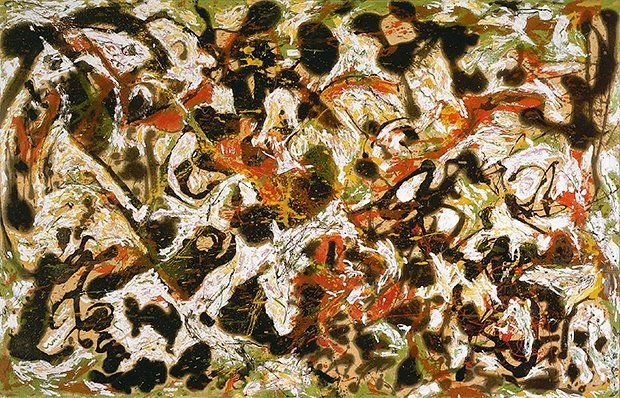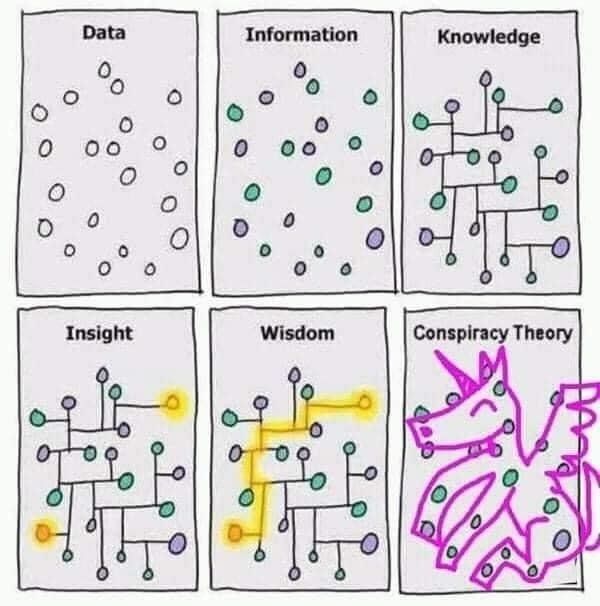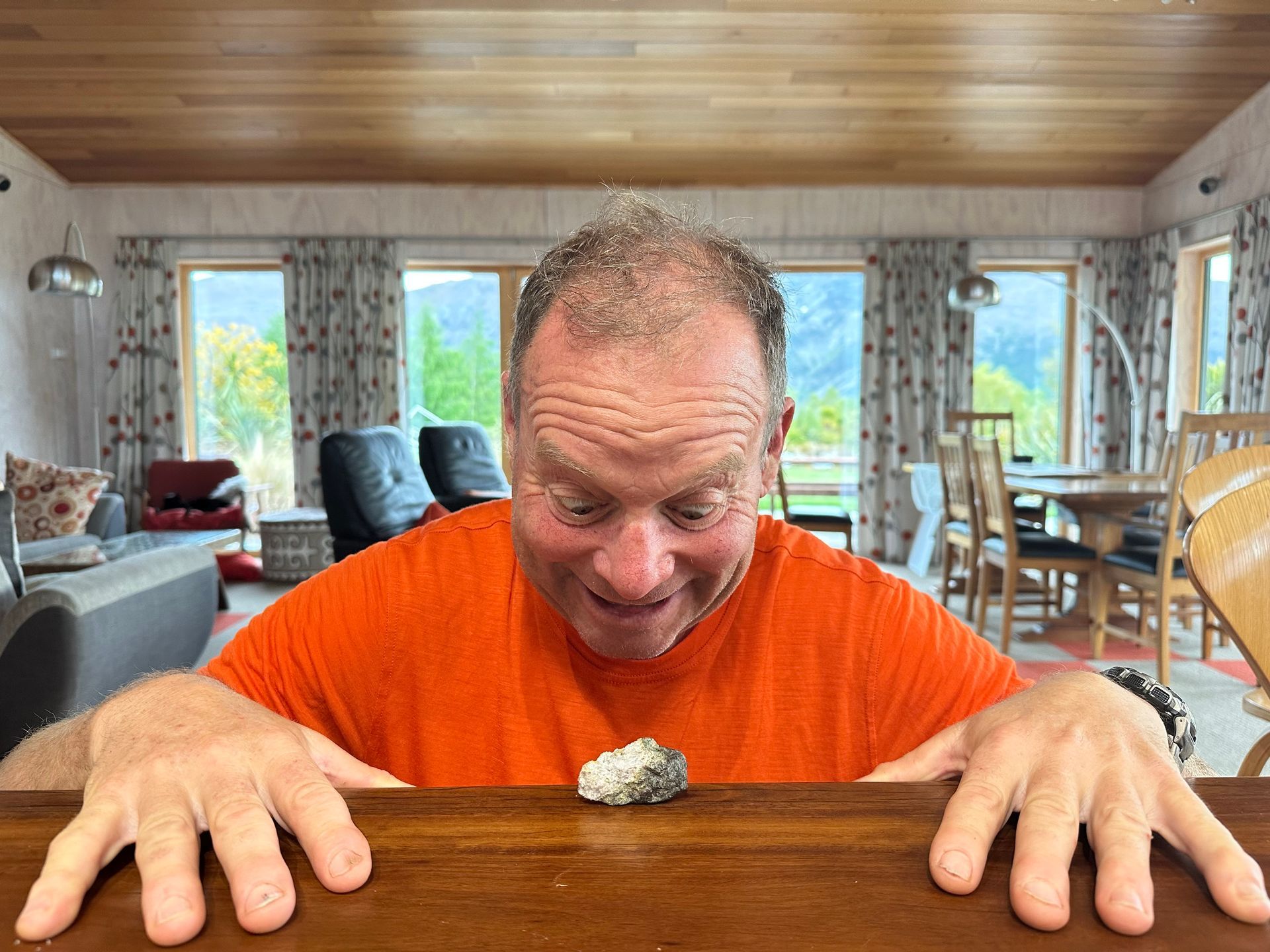Patterns & Conspiracy Theorists

Back in June I found my brain inventing conspiracy theories all by itself. Interestingly, back in June 2020, New Zealand was contemplating that a trans-Tasman travel bubble might open up in the last quarter of 2020, while the ski fields were hoping it might come sometime sooner. The National Party was demanding a timeline in the interests of tourism businesses. Now we are being told by Jacinda Ardern that there won’t be a bubble happening any time soon. This isn’t too surprising, though disappointing – open borders are highly unlikely until countries have COVID-19 under control at mutually agreed levels and for New Zealand and Australia that level is pretty much no community cases. Australia has had COVID flare-ups in Melbourne and Sydney, with a scare in Brisbane, and New Zealand has had its own Northland scare , with the full outcome from that still not 100% certain, though signs are relatively promising that this won’t be our next outbreak. Perhaps we can hope for a travel bubble with one or more Australian states, rather than the whole country, if we can keep COVID under control here.
However, back to conspiracy theories, there was a very interesting replay of a BBC story on conspiracy theories on RadioNZ recently (unfortunately I can’t link to it because RadioNZ couldn’t). And, if anyone is wondering, yes we do listen to quite a lot of RadioNZ because one needs something entertaining to listen to while picking 50m of raspberries or putting tonnes of mortar between rocks around a pond. I particularly listened to this article, because my friend Frauke and I had been discussing, yet again, how to deal with people who have gone down a conspiracy theory rabbit hole (send a ferret after them?).
According to the BBC story, the first likely requirement for people to believe in conspiracy theories is that they are individualists and eschew following the herd. Think, “I am not a sheeple like you.” I would consider myself an individual thinker in that I try to think through things for myself, rather than simply following the ideas of others. Individual thinking is definitely a good thing in general, diversity of thought is a good, just like biodiversity. However, thinking that one should not do what the majority are doing is not necessarily individual thinking, it could be like teenage thinking! Reacting against the moves of the herd may be as unthinking as reacting to follow them. It is essential that individualist thinking remains a conscious practice, rather than a reaction against the crowd. I have a mental hiccup here as I hear myself saying yesterday, “I have never been to Fergburger (an iconic Queenstown purveyor of hamburgers), and won’t ever go there either.” “Why not?”, asked another passenger in the car. “Because that’s where everyone goes.” Perhaps I need to rethink this.
The second likely requirement for people to believe in conspiracy theories is that such people easily see patterns in random objects or designs , like clouds or Jackson Pollock paintings (the picture at the beginning of this blog is a Jackson Pollock). This interests me in that my immediate reaction was, “What patterns? I have never seen patterns in Jackson Pollock paintings”. Then I went and looked up some Jackson Pollock painting images on the web for this blog. I saw patterns in the paintings! Perhaps not in all of them, but in plenty of them. When did that start to happen? Is it a concern? I remembered the picture below from my August 22 blog on vaccine races (now we are moving towards vaccine wars, or at least vaccine lawsuits…when did a lawsuit ever speed up delivery of a product, but I digress…). Have I just tipped over the edge from wisdom to conspiracy theorist?

The final piece of the ‘nature of the conspiracy theorist’ puzzle is people’s ability and willingness to investigate the patterns they identify. One may see a shovel pattern in the clouds but most people are not going to get too concerned about it falling on their heads, because they know they are seeing only a pattern given that shovels are not made of clouds, and clouds are comprised of water vapour. But what say the pattern is in relation to something that you don’t know much about at all, like vaccines, or 5G technology? And what say you don’t have the ability, time, energy or interest to go check out the pattern or its context and background? It could be easier to believe in the pattern than disregard it; the pattern might well be very attractive to you.
However, this last puzzle piece left me feeling better. I like patterns, but I also really like checking them out. I might not want to believe what others believe in, I see lots of patterns but I also currently have the ability, time, energy and interest to go rushing off down all sorts of information pathways to try and check any patterns I spot. In fact, both seeing patterns and checking them are a core part of the work I do in assisting people to create research proposals.
My predispositions do raise a question about me in old age, however. Do I need to write a letter to myself, reminding the older me that when I no longer have the ability, time, energy and interest to check out patterns, that I had better hold off on believing in them? I wonder when I should date the opening of this letter? This reminds me of the problem faced by the Waste Isolation Project Plant site in New Mexico; how do you tell people 10,000 or 100,000 years in the future that they shouldn’t drill into the ground because nuclear waste has been stored there that will still be radioactive. Some of the ideas have included disturbing art forms and cats that change colour when exposed to radioactivity. I am going to keep this thought on the go for a while for myself, however, as neither art forms nor colour changing cats are going to do the trick for reminding an 80 year old Jane not to believe in spurious patterns. Anyone out there got a novel idea which might help me?






